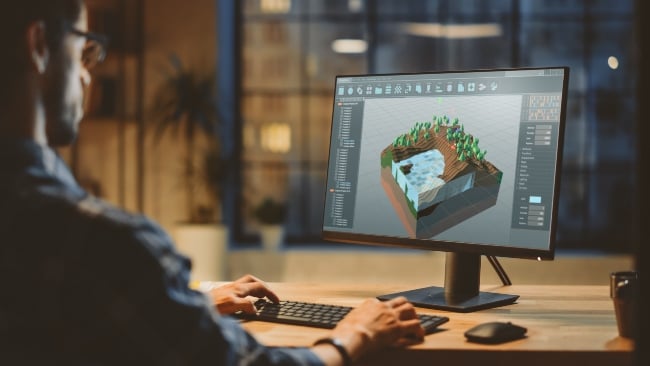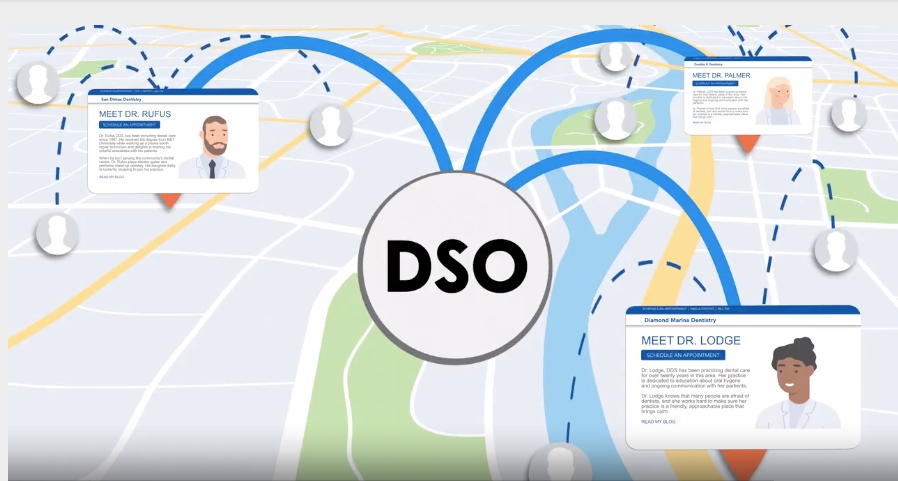An Overview of the Video Animation Production Process
Video animation is both an art and a science, and increasingly, companies are realizing that animated video offers unique opportunities to build...
An animated marketing video done well can work wonders for your business. It can catch attention, simplify complex information, and move people towards action.
Animation is a vast subject, so when approaching an animated video project, two people can hear the word ‘animation’ and think of two very different things. Understanding the terms in this blog will help you work well with a video editor so you get a finished piece that matches your vision for your marketing, advertising, or social media promotion.
First, we will cover styles of animation and then types of scenes common to animated projects.
You’ve definitely seen an animated video that looks like this before. Whiteboard videos consist of elements being drawn on screen as a narrator provides context. These are fairly easy to produce, are widely used, and, because we’ve all seen them so much, are not quite as exciting or dynamic as other types of animation. However, a whiteboard animation can be utilized in tandem with other styles to great effect.
A motion graphic features a chart, graph, or other type of data display as its main feature. These can be used on their own, combined with other styles of animation like kinetic typography or 2D figure animation, or even combined with live action as a way to emphasize key points and provide additional visual aid.
Here, text is the major component of the animation. It may move in almost any way imaginable.
This style is especially useful for videos that will be seen in places where the audience might not ever hear the audio—social media ads, trade show booths, or motion billboards for example. When you want your words to have exceptional impact on their own, this style turns language into art.
The closest to ‘traditional,’ hand-drawn animation on this list, 2D figure animation describes a video where characters tell the story through action and interaction with one another. These may use voiceover or the characters may have voices.
Character animation is more time-consuming due to the amount of design that goes into making a static character move and talk, but depending on the message, it can be an incredibly compelling way to tell a story.
In many cases, product videos are simple enough to shoot in live action. But what about when your product is an app, and you want to show it in action without the difficulty of filming a screen? Or maybe your industrial product’s true innovation is hidden underneath a protective casing?
3D product animation solves these problems by simulating the look of real-world objects without the real-world problems of physics. This style is great for showing off architectural designs, going inside of products, or making screen capture software demos more engaging.
(Image Credit: Still from MISCO Tonespeak video)
Similar to its 2D counterpart, 3D figure animation creates a fully rendered world for your video. Advances in computers, software, and rendering technology have made this type of animation, once reserved exclusively for animation studios, available to almost everyone.
Still, it takes a lot of time to create 3D worlds, characters, and objects, which translates into a much larger cost compared to 2D. If your message isn’t specifically enhanced by the use of 3D animation, the other styles may still be the best option for the time being.
Stop motion animation is the art of bringing inanimate objects to life, frame by frame. One of the oldest and most time-consuming forms of animation, it still persists to this day because watching otherwise immobile objects come to life never ceases to catch our attention. Animators can bring any object to life, but most commonly work with clay, paper, specialized puppets, or the leading brand of interlocking toy bricks.
Because of the excruciating amount of time required to create stop motion, it’s best used sparingly. We see it often today used for social media advertisements of small, consumer products, toys, and food, or for very unique infographics. It’s not the right style for most animations, but for the select few projects where it makes sense, there’s nothing more captivating.
A textual scene is exactly what it sounds like—a scene consisting of text. Whether it’s simple, or heavily animated kinetic typography, this scene conveys its message simply with words.

A conceptual scene uses colors, patterns, graphs, or other animated elements to convey a thought or idea. These scenes are heavily used in motion graphics or whiteboard-style animations to help the audience visualize complex concepts through motion or metaphor.

This is a complex scene made up of characters, props, and a full environment. These are the main scenes in a 2D or 3D figure animated video. An environmental scene is great for creating a narrative around a character, giving them something to do, and a world to interact with. Again, your imagination (and budget) are the only limiting factors. Environmental scenes can be as simple or complex as the script requires.

An animated marketing project can consist entirely of one style of animation or a combination of several. It can be a single type of scene or, again, a combination of multiple types. There are ideas that work really well for marketing videos and some that don’t. But you need solid production and execution even to be successful with a good initial idea.
The mixing and matching of animation types and scenes all comes down to knowing the best way to convey the message and create the strongest impact on the audience. You can begin by asking yourself what is the purpose of this video? That’s just one of many questions to tackle before starting a video project. Hopefully, now that you understand these animation terms you will be able to get on the same page with your editor early and avoid confusion about expectations.

Video animation is both an art and a science, and increasingly, companies are realizing that animated video offers unique opportunities to build...

Since the dawn of humanity, people have used images to communicate complex ideas in visually intriguing, stimulating ways to others. Today, companies...

Congratulations! The boss says you’ve got the green light to begin producing video as part of your marketing plan and the leadership team supports...